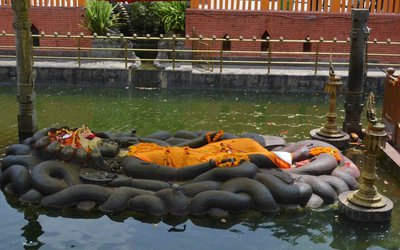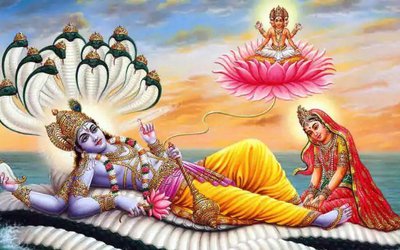
The annual festival of Ghode Jatra is being observed in Kathmandu Valley today. Nepal Army cavalry performed different artistic stunts riding on their horses.
The festival is celebrated annually as per a mythology, which relates that the festival started being marked following the death of a demon named Tundi.
Public belief has it that the demon who lived on a meadow, which is now at Tundikhel, used to unleash terror among the Kathmandu denizens, particularly children.
After his death, people rejoiced by dancing on his body by riding horses. There is also a belief that the parade of horses at Tundikhel keeps the demon’s spirit away.
As per another legend, Ghode Jatra is held to mark the approach of New Year. The festival is celebrated on the day of Krishna Aunsi, as per the lunar calendar.
The horse parade, known religiously known as Aswa Yatra, is organised to welcome the New Year. The Jatra is also being marked in Lalitpur.
A grand horse parade takes place at Tundikhel, the central point of the city where many events take place. Legend has it that the demon Tundi was killed here. Ghode Jatra, the Horse Racing Day falls in mid-March or early April (March 17, this year).
Tundi had terrorized people for a long time until one day he was slain and people rejoiced by riding horses over his body. So it's believed that the clamor of horses' hooves at Tundikhel during the festival of Ghode Jatra keeps the demon's sprit at bay as it is believed he is still a threat to the city.

It is said that the faster the horses run, the quicker Tundi's spirit will be subdued; hence the horse racing and all the acrobatics at Tudikhel. The festival is attended by the army top brass, the top government officials and diplomats.
Huge crowds gather around Tudikhel to watch but they are not allowed to enter the Tudikhel. The army also takes it as an opportunity to display their skills as paratroopers drop down from planes flying close overhead.
Another event related to Ghode Jatra takes place at Bal Kumari in Patan where a horse is fed alcoholic spirits until it is intoxicated and an equally drunk person in a traditional Newari attire rides it. People shout to frighten and enrage the animal until it runs wildly with the rider clinging on to it for dear life.
Photo and content Courtesy: Nepal Tourism Board
- Nepal-UK Tech Forum Held
- Jul 06, 2025
- Hari Sayani or Devshayani Ekadashi 2025: Day Of Tulsi Plantation
- Jul 06, 2025
- Siddhababa Tunnel Makes A Major Milestone
- Jul 06, 2025
- Weather Forecast: Generally Cloudy Across The Country With Heavy Rain At One Or Two Places Gandaki, Bagmati and Koshi Provinces
- Jul 06, 2025
- India’s External Affairs Ministry’s Senior Officials Says Indo-Nepal relations are ever expanding
- Jul 05, 2025















